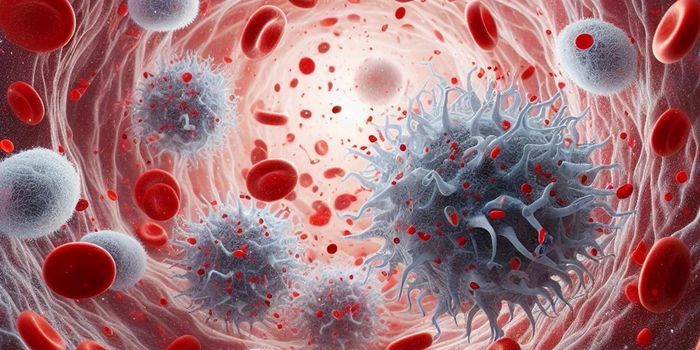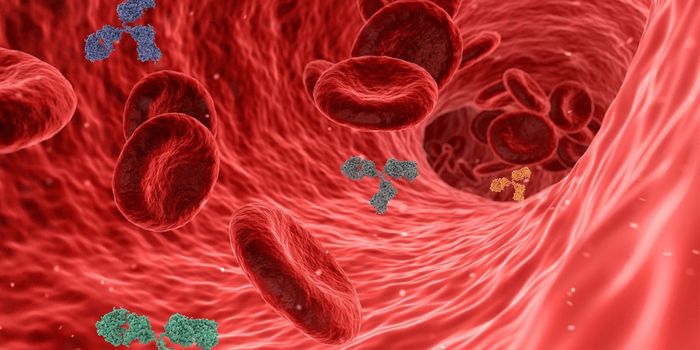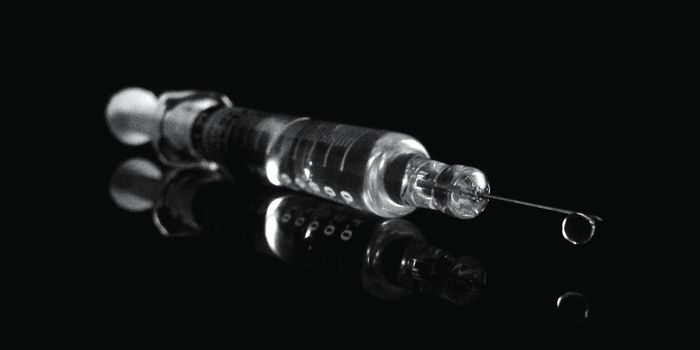Zebrafish Immune System Controls Regeneration of Eye Tissue
Zebrafish have something incredible to offer us: their ability to regenerate tissue. Past studies have also explored the ability of zebrafish to regenerate limbs and even hearts. In a new study from Johns Hopkins Medicine, scientists produced fascinating images of the zebrafish immune response to eye damage.
In the future, learning to apply the zebrafish method of regeneration could treat degenerative retinal diseases, like retinitis pigmentosa. This condition is rare, and is characterized by a mass destruction of retinal cells. The retina is a light-sensitive tissue near the back of the eye. Individuals developing retinitis pigmentosa lose peripheral vision and night vision abilities.
Humans actually have a lot of the same cells as zebrafish, masters of regeneration. In particular, Johns Hopkins scientists wanted to study the Muller glia, a type of inducible stem cell common to both organisms, and its unique activity in zebrafish that contributes to eye tissue regeneration.
"At the cellular level, zebrafish and human eyes are remarkably similar," said Jeffrey Mumm, PhD. Mumm and his team of researchers studied zebrafish that had been induced to have retinitis pigmentosa, looking for the types of immune cells that sensed the damage and rushed to the scene of the crime to begin repairing the damage.
Microglia save the day
The only immune cells they could see sensing and responding were microglia, a cell type common to virtually all vertebrates. Two other cell types, neutrophils and peripheral macrophages, did not respond to the cell damage.
"We could see the peripheral macrophages wanted to do something, but could not gain access,” Mumm explained. “Neutrophils didn't even detect that something had happened, but the microglia were at the right place at the right time.”
In further tests, scientists destroyed the microglia, and the Muller glia in the zebrafish eye showed little to no ability to make repairs to the retinal cells. Clearly, an important relationship between incoming microglia and resident Muller glia is an essential step during retinal cell regeneration.
Speeding up the repairs
Next, scientists brought in an anti-inflammatory drug in attempt to speed up the entire process of regeneration. The drug was able to push transformation of M1 inflammatory microglia into M2 repair microglia. Enhanced triggering of this transition resulted in a 30 percent increase in retinal regeneration.
So close, yet so far away
Humans have the tools to induce regeneration of eye tissues (and potentially other tissues), but something is missing. Scientists hope that by studying zebrafish, who’ve made the regenerative process just another day at the office, they might be able to identify the missing link.
"Humans have an evolutionary block on our ability to regenerate certain tissues," Mumm said. "But humans still have the genetic machinery needed to regenerate retinal tissue, if we can activate and control it."
The present study was published in the journal Proceedings of the National Academy of Sciences.
Sources: National Eye Institute, Johns Hopkins Medicine









